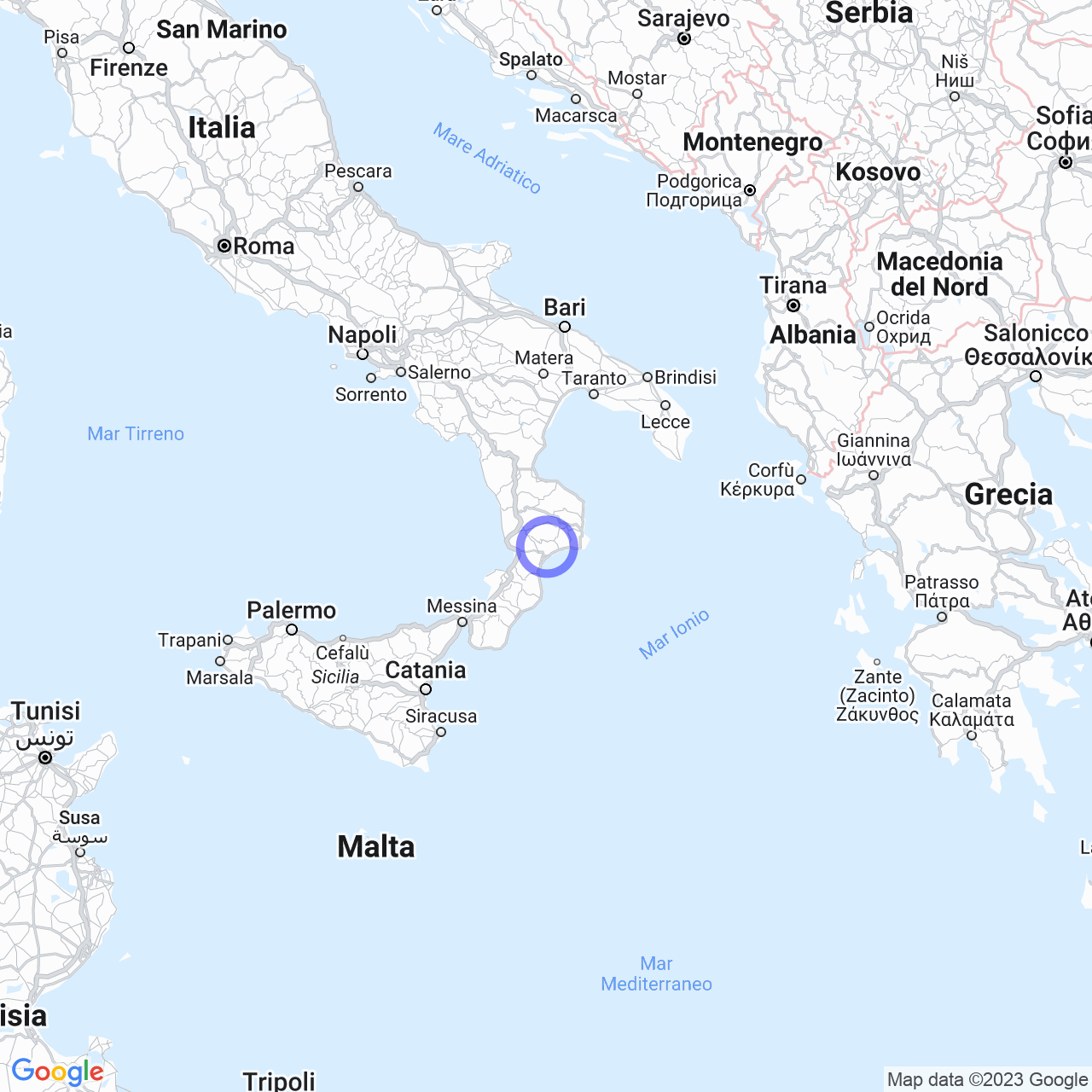Simeri Crichi
Simeri Crichi: A charming town in Calabria, Italy
Simeri Crichi is an enchanting town located in the province of Catanzaro, in the region of Calabria, Italy. The town has a population of around 4,731 inhabitants and is characterized by the presence of three distinct urban centers: Simeri, Crichi, and Simeri Mare. The territory expands from the Sila mountains to the Ionian Sea coast, featuring a vast and fine sand beach of about 7 km. Therefore, if you're looking for a seaside destination for your next summer holiday, Simeri Crichi could be the perfect choice.
Physical geography
Simeri Crichi is a town characterized by a flat territory towards the sea and a hilly area inland. It is washed by the Ionian Sea with about 7 km of beach, extending within the municipal boundaries. The territory is crossed by two rivers: the Simeri river to the east and the Alli river to the west. Simeri is located 299 meters above sea level, Crichi, the municipal seat, is at an altitude of 465 meters, and Simeri Mare is along the coast.
Origin of the name
The name of the town was originally "Symari," which derives from the Greek language and means one of the two rivers that delimit the territorial boundary, namely the Simeri river. Over time, the term Crichi was added from the Greek "Krikos" (ring) or from the Latin "Ocris," which instead means "rocky mountain."
History
Simeri Crichi has an ancient history and has been under the control of several lords over the centuries. In the Middle Ages, the town flourished under the Byzantine Empire, which fortified the inhabited perimeter. In 1541, the territory of Simeri Crichi (and also that of Soveria Simeri) belonged to Duke Ignazio Barretta belonging to the Duchy of Simeri.
Subsequently, Simeri passed to the Borgias until 1622. After the Borgias, the land passed to the Ravaschieri, already princes of Satriano. The village of Simeri is the oldest of medieval origin and is connected to a rich archaeological history with finds from the first half of the Iron Age and the Magna Graecia period. Crichi, instead, was founded in the second half of the eighteenth century by a group of farmers from Sellia.
Simeri has a feudal past: the first feudatories were the Falloc and then the Ruffo. They were followed by the Centelles and then, in 1482, the D'Aragona D'Ayerbe who held the title until 1580. From that year on, the barony passed through several families, including Casa Borgia, Ravaschieri di Satriano, De Fiore (marquises since 1715), Barretta Gonzaga (dukes since 1749), and finally, the De Nobili di Catanzaro, the last feudatories.
Monuments and places of interest
Simeri Crichi is full of monuments and places of interest, including the Byzantine Castle, an ancient fortress dating back to the 10th century located on the top of a hill. Now it is a collection of ruins that dominates the surrounding area, and offers a spectacular panorama over the surrounding valley and along the entire Ionian coast.
Santa Maria del Patire Abbey
Simeri Crichi gave birth to the important Greek-Calabrian monk Bartolomeo di Simeri, founder of the famous Santa Maria del Patire Abbey in Rossano. The abbey stands on the top of a hill and consists of churches and monasteries, where you can admire precious frescoes that narrate the deeds of the life of Mary, mother of Jesus.
Simeri Mare beach
The beach of Simeri Mare is a attraction in itself. It is equipped with all necessary services, including rental of sun loungers and umbrellas, as well as an area equipped for sports activities such as beach volleyball, beach soccer, pedal boats, and kayaking. The crystal-clear sea and the fine sand dunes make this place a true paradise for bathers.

Simeri Crichi is an ideal destination both for those who want to spend a period of relaxation, enjoying the beauty of the coast and breathtaking natural landscapes, and for history and archaeology enthusiasts. The presence of so many places of interest makes Simeri Crichi a unique and unforgettable tourist destination.
